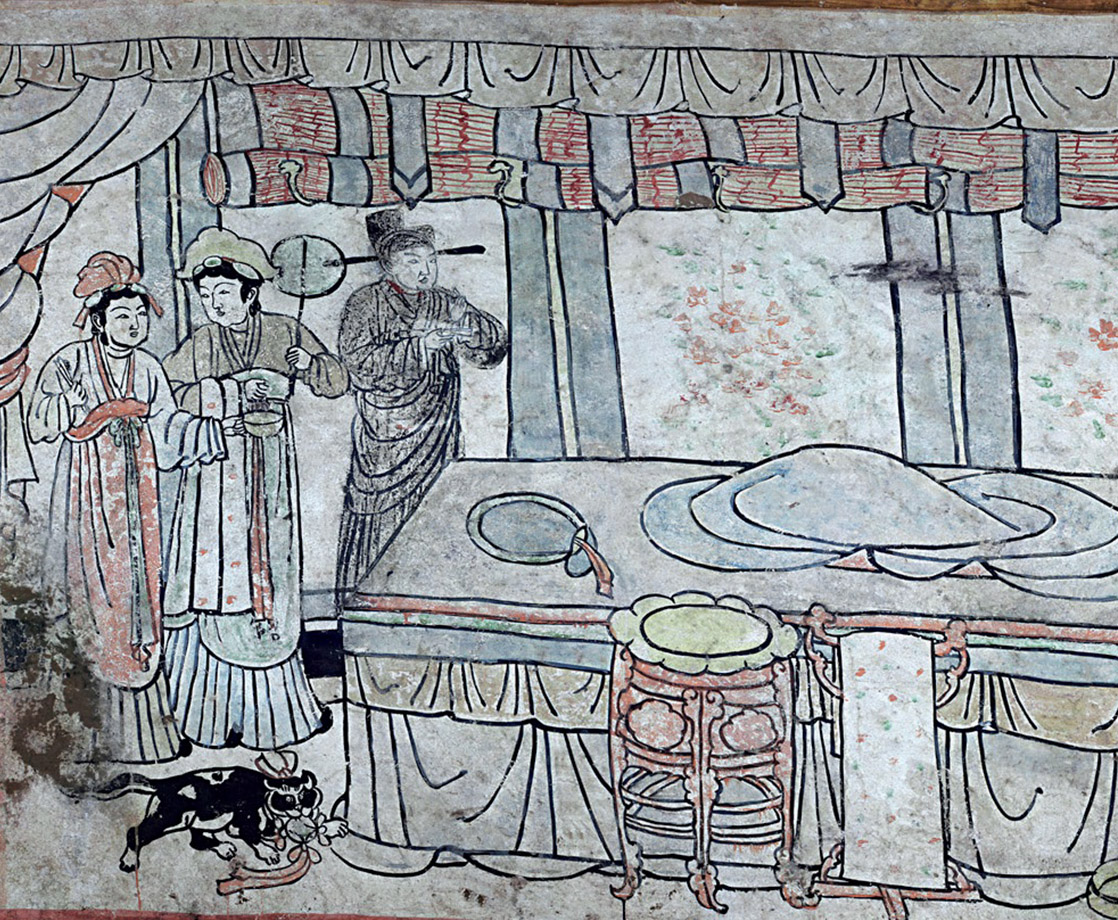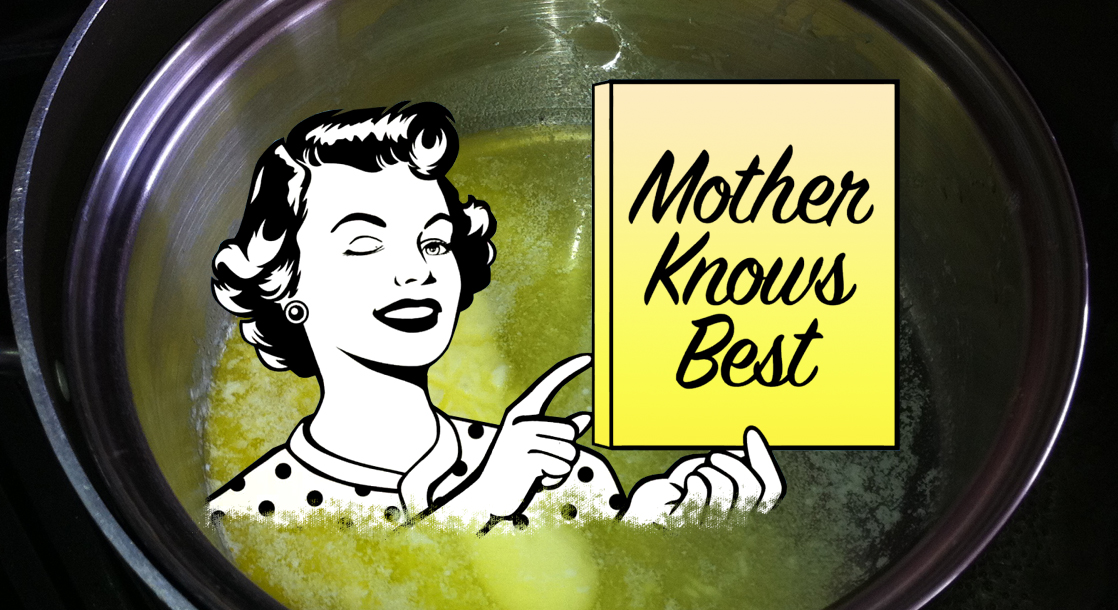A report from China suggests ancient people cultivated cannabis for higher THC contents.
The study, published Wednesday in Science Advances, was a joint research project between the Max Planck Institute and the Chinese Academy of Sciences.
“The findings support the idea that cannabis plants were first used for their psychoactive compounds in the mountainous regions of eastern Central Asia, thereafter spreading to other regions of the world,” said Nicole Boivin, Director at the Max Planck Institute, in a statement.
The researchers analyzed 2,500-year-old ash residues from wooden bowls found at the Jirzankal Cemetery site in the Pamir mountain range. The site straddles the borders of India, Pakistan, and Tajikistan in a region that resides about a thousand miles west of where geneticists believe cannabis was born.
Historians and archaeologists know that ancient people grew cannabis for food, fibers, and medicine. Whether ancient cultures grew cannabis for its intoxicating effects remains contentious. Just how did the researchers determine that this weed was bred solely for its THC content?
First, they needed to show that the ash came from cannabis plants which contained THC but not CBD. Scientists believe that if cannabis is left to grow in the wild, THC and CBD contents will balance out to a 1-to-1 ratio. However, when cannabis is bred for greater THC content, the CBD levels fall off (which is why commercial weed strains with astronomical amounts of THC have low CBD content).
To see if the plants contained THC, the researchers performed chemical analyses for CBN or cannabinol. THC becomes CBN when burned or exposed to the elements, and the tests indicated that the ash contained high amounts of CBN compared to other compounds.
So that’s a check for criteria number one.
Second, they needed to show that the plants didn’t contain CBD. CBD, like THC, can also degrade into CBN, so the researchers looked for other cannabinoids that indicate higher CBD levels, compounds like cannabielsoin, which only comes from CBD. And guess what? The researchers didn’t detect cannabielsoin or other CBD markers in the ash residues.
So that’s a check for criteria number two.
Third, they needed to show that CBN, CBD, and other cannabinoids can be preserved in ancient cannabis samples. To do this, they looked at chemical data from uber-old weed discovered at another ancient burial site, Jiayi Cemetery, to confirm how stable these compounds were over time. Sure enough, the compounds they looked for in the Jirzankal samples demonstrated consistency with the Jiayi samples.
So that’s a check for criteria number three.
Fourth, the researchers wanted additional evidence that the Pamir people actually understood how to cultivate high-THC weed plants and didn’t just grow some bomb-ass herb by accident. They found no evidence that the bowls were used to burn anything other than cannabis flowers. In true Uncle Snoop fashion, they detected no traces of stems, seeds, or sticks – particularly seeds, the biggest clue.
“The lack of seeds in the burners… may suggest that seeds were removed from the floral structures because they do not contain the desired secondary compounds,” the researchers wrote.
While the archaeologists suspected the seeds weren’t included in the burning ceremonies because they lacked THC, there could be another possibility: cannabis buds are more potent and produce greater yields if the flowers aren’t fertilized by pollen. This is why commercial growers strive to keep male and female plants separated, and why crossing the two is avoided at all costs.
But why would these ancient people burn dank weed during burial ceremonies? Why, to get high AF, of course.
“We can start to piece together an image of funerary rites that included flames, rhythmic music, and hallucinogen smoke, all intended to guide people into an altered state of mind,” the researchers wrote. While some ancient potheads, like the Scythians, blazed as a cleansing ritual, the Pamir people may have done it for other reasons, like communing with the dead or other divine spirits.
There you have it. Humans have likely been breeding weed for extra potency for at least two and a half millennia, and possibly even longer, often for funeral rites. Stick that in your pipe and smoke it, Dr. Jerome Adams.
Follow Randy Robinson on Twitter











